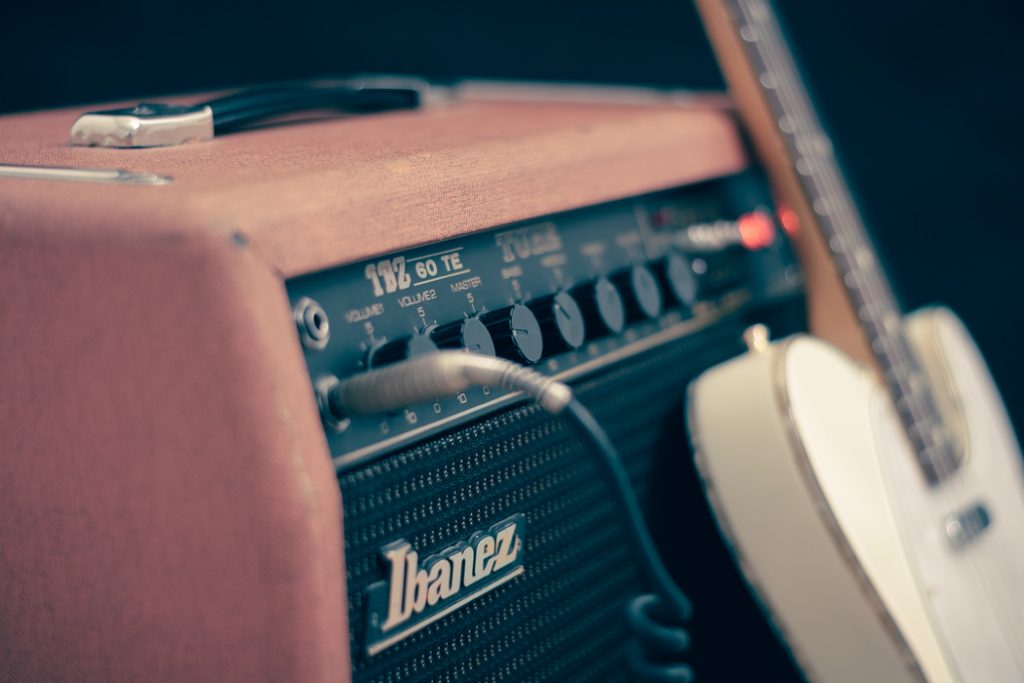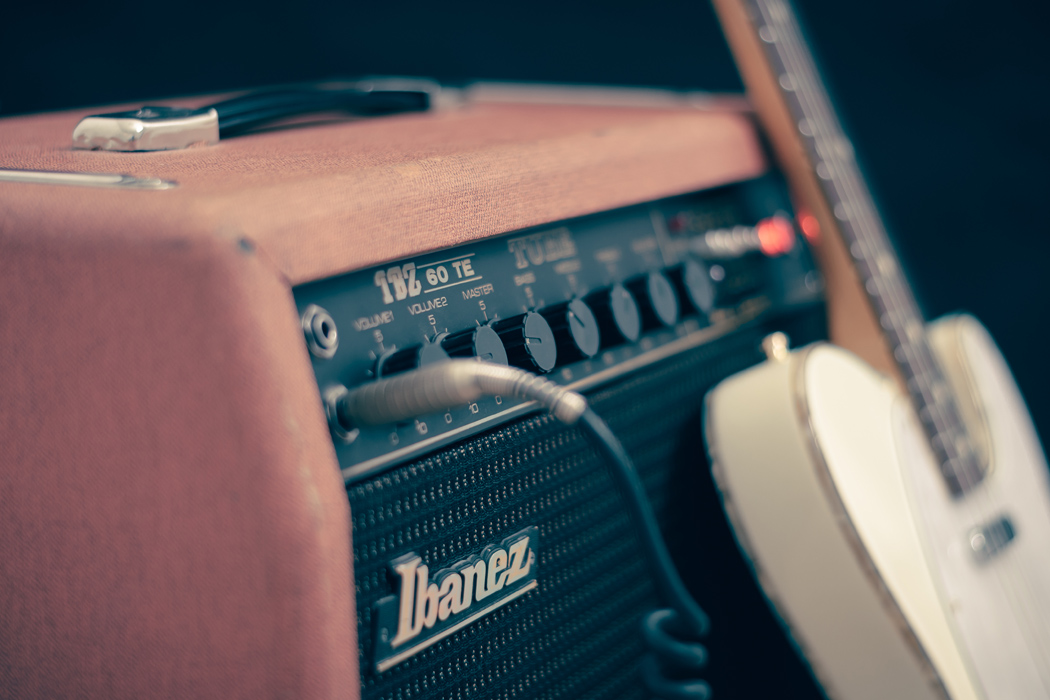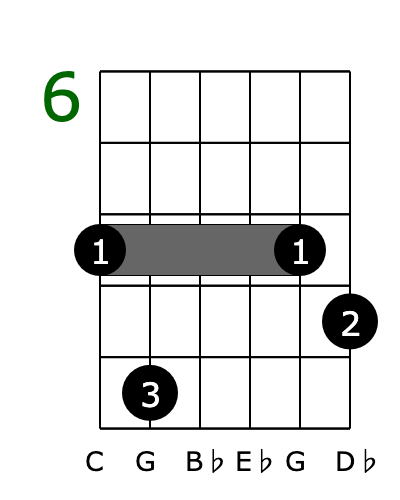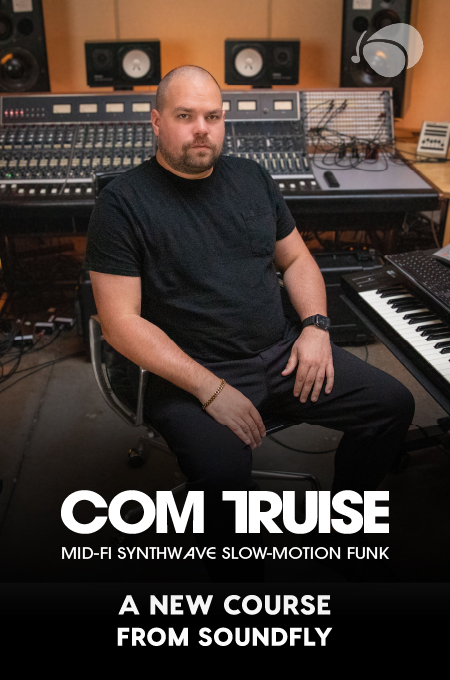+ Bridge the worlds of theory, improvisation, and jazzy hip-hop, and improve your piano chops with Grammy-winner Kiefer in his course, Kiefer: Keys, Chords, & Beats.
A little intro on my background: I got my first guitar when I was 14 and taught myself how to read tabs. My first songs were the ever-so-unique “Blackbird” and “Dust in the Wind.” I did take piano lessons between the ages of 8-13, so I learned how to read sheet music and I knew my way around the piano.
With guitar though, I only took a few one-off lessons here and there. I picked up my guitar here and there for many years, and it wasn’t until my early 20s that I started to play regularly. Over time and lots of experimentation, I noticed the chords I loved were jazz chords. For some reason, I just loved the way they sounded, so open-ended.
Listening to classic bossa nova and samba, contemporary jazz singer-songwriters, and neo-soul helped me learn chords to play over those songs and more. Mind you, I didn’t listen to this stuff because I intentionally wanted to be a “jazz artist,” I simply adore this music!
So, for you beginner guitarists, here’s a step-by step process on how to tackle these chords.
Assignment #1
Listen (just listen, don’t worry about the learning parts yet) to the following songs:
Contemporary Jazz
- “Half Time” by Amy Winehouse (chords here)
- “Don’t Know Why” by Norah Jones (chords here)
- “The Nearness of You” by Norah Jones (chords here)
Bossa Nova/Samba
- “Aguas de Marco” by Elis Regina & Antonio Carlos Jobim (chords here)
- “Cicatrizes” by Roberta Sa (chords here)
- “Eu Sei Que Vou Te Amar” by Vinicius, Antonio Carlos Jobim (chords here)
Neo-Soul
- “If I Ain’t Got You” by Alicia Keys (chords here)
- “Best Part” by Daniel Caesar ft. H.E.R. (chords here)
Assignment #2
Listen to that list of songs over and over again until you’re sick of hearing them, then pick up your guitar and start fiddling around while they’re on in the background. Believe me, this helps a lot.
Try not to worry about making mistakes — just see if you can figure out a chord or two by ear. Bonus points if you can sing along to all the Brazilian songs, even if you don’t know Portugese!
Assignment #3
Now let’s get more active. Learn, play, and practice the following chords. All these chords are in those songs I listed. They’re essential starter chords, and you’ll love the way they sound. These chords can be moved up and down the fretboard depending on the key you want as well.
Major 7 (example: Amaj7)
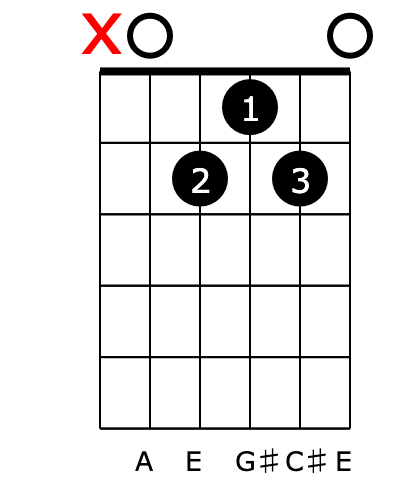
Minor 7 (example: Am7)
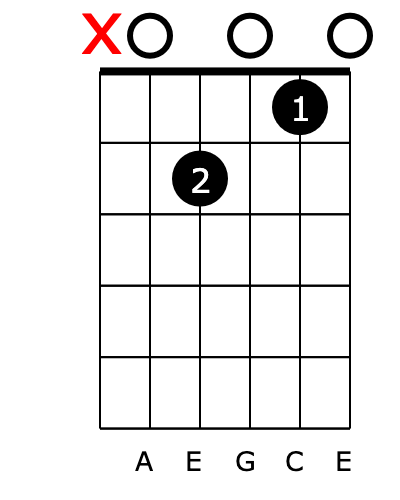
Minor 9 (example: Dm9)
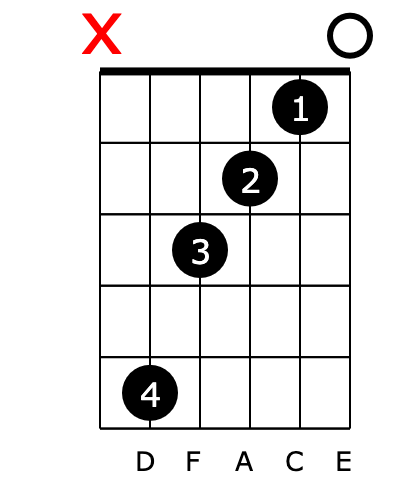
Major 6 (example: Gmaj6)
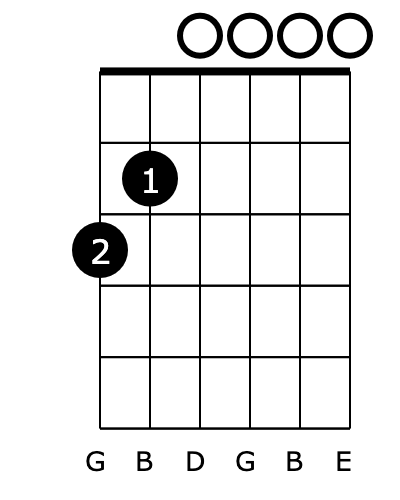
Major 9 (example: Emaj9 a.k.a. John Mayer chord)
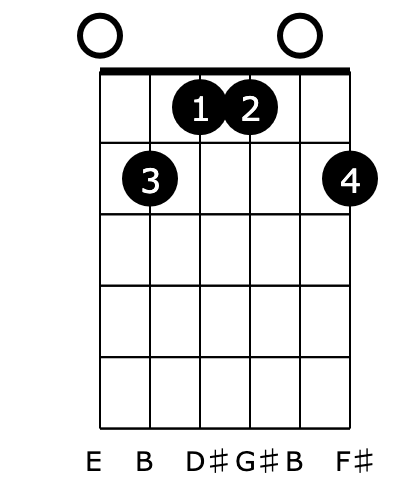
Minor 7 flat 9 (example: Cm7♭9)
Assignment #4
Improvise. Once you’ve learned some of these chords (and a handful of others at your choosing), just have fun with them and play around with the order. Try to hum or sing a melody over a few chords so you can imagine other musicians playing along. You’re doing it! You’re really doing it!
Assignment #5
Set realistic deadlines and goals for learning new chords. Maybe learn one new chord per week. If that’s too easy, bump it up to two chords per week and practice moving from one chord to the next. Move back and forth between the two chords, over and over, until you’ve got that down. Then move to the next chord.
Here are a few variations on the chords from Assignment #3:
Major 6 (example: D♭maj6)
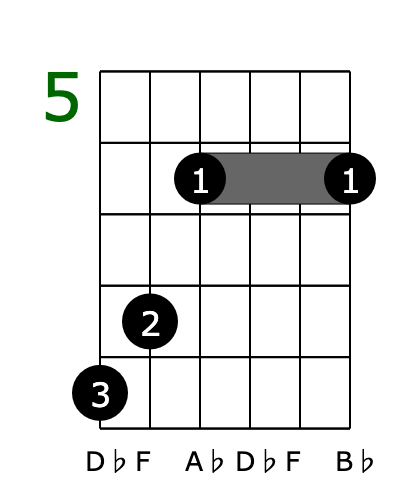 Minor 9 (example: Fm9)
Minor 9 (example: Fm9)
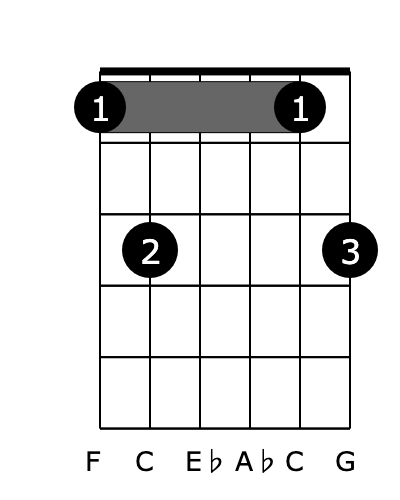
Major 9 (example: Fmaj9)
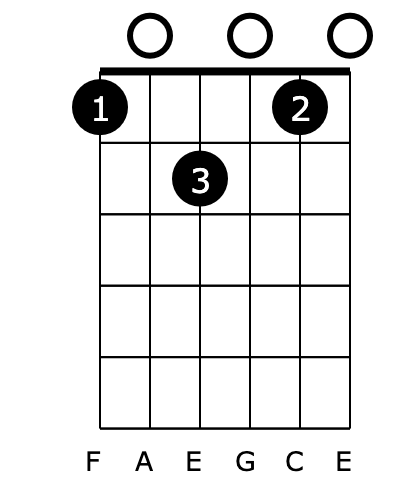
Minor 7 flat 9 (example: B♭m7♭9)
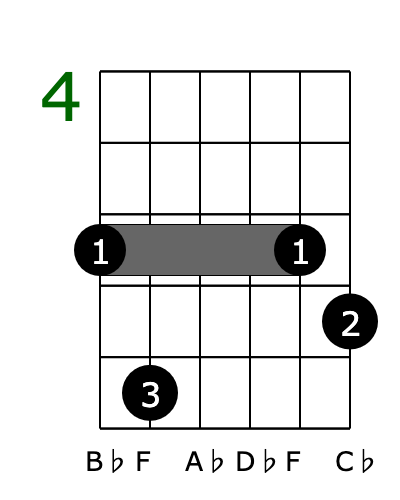
If you’ve got all that down, add more chords to your vocabulary by really studying the chord charts from the song list in Assignment #1 (there are a few chords in those charts that we haven’t covered yet).
Voila! I hope you’ve found this useful; and remember to be patient with yourself! It’s taken me several years to learn these chords and learn the muscle memory to move somewhat seamlessly between them.
Thanks for reading! Obrigada!
Don’t stop here!
Keep learning about theory and harmony, composing and arranging, songwriting, and more, with Soundfly’s in-depth online courses. Subscribe for access to all, including The Creative Power of Advanced Harmony, Orchestration for Strings, and our exciting new course with Grammy-winning pianist and producer, Kiefer: Keys, Chords, & Beats.
